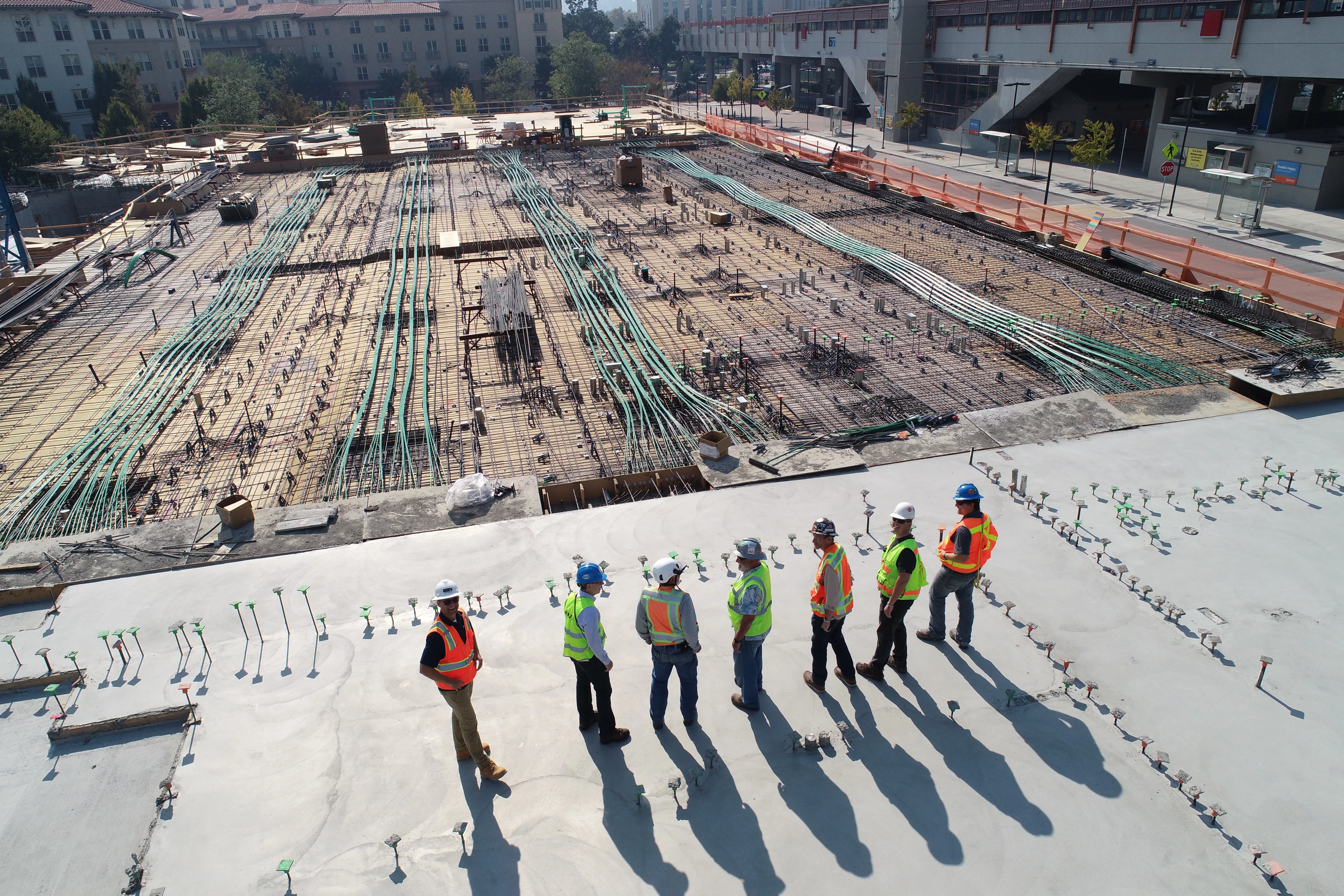‘Covid-Secure’ Construction Sites – How to Start Work Again Safely

With the COVID-19 pandemic sweeping the globe, many businesses have had to quickly move to remote working wherever possible. This has hit some sectors a lot harder than other, with construction being one of the hardest hit; working from home just isn’t an option.
With many countries now starting to open again, construction sites are largely open again, or will be very shortly. Here are some steps you can take to ensure your manufacturing site is safe, including travel to site, disinfecting equipment, social distancing on site and more.
Social Distancing on Site
Although the distance has varied slightly from government to government, one measure everyone has agreed is that people should maintain social distancing to help limit the spread of COVID-19. This is especially challenging where physical work is required, such as on construction sites.
With that being said, there are a number of steps each site can take to minimize the chances of social distancing guidelines being breached:
-
Stagger the breaks of workers. This will reduce the amount of people walking down paths and corridors at the same time, and reduce the amount of people in eating areas, restrooms and more, at the same time.
-
The same measure can be applied with equal effectiveness by staggering start and finish times wherever it is practical and safe to do so.
-
Review how people move around the site, with a focus on entrances and exits. Exits and entrances can become bottlenecks at the start or end of a shift, so take measures to reduce the amount of people in the space at the same time. There are several ways to do this, including using social distancing screens to create a one-way flow system and staggering.
-
Limit the amount people present at site inductions, as this is another high-risk practice that would normally consist of a larger number of people in a small space. Staggering will again help with this.
-
Where possible, mix up internal and external trades – hypothetically, its much safer to have one external and one internal trade on site at the same time, rather than two internal trades, for example.
Communication is Key
Making sure all visitors to a manufacturing site are aware of the importance of the social distancing and hygiene measures in place is critical to their success. It not only increases the chance of guidance being followed, it also provides a level of reassurance that you are serious about their health and safety whilst on site.
This should include, but is not limited to:
-
Sending a communication to all sub-contractors working on the site outlining the measures that are in place on site.
-
Where one-way systems or other changes to how people move around site are in place, clear signage to show where workers should and should not go.
-
Signage at prominent points around the site explaining other steps that have ben taken, such as social distancing, disinfecting equipment, staggering breaks, etc.
Disinfect & Clean
Although a lot of emphasis has (rightly) been placed on social distancing, transmission via airborne particles is not the only COVID-19 is transmitted. Surfaces are also a high-risk area that should be taken into consideration.
Any surface that is likely to be frequently touched by workers on site should be regularly disinfected. This includes:
-
Door handles
-
Site machinery
-
Tools and other equipment
-
Taps and soap dispensers
-
Social distancing screens
The specific measures needing to be taken will vary from application to application, and it’s important to bear in mind that no site is going to be 100% safe, especially as scientists are still learning exactly how covid-19 is transmitted. The important thing is to take all reasonable precautions to keep people safe, with the information you have.
Looking for a reprint of this article?
From high-res PDFs to custom plaques, order your copy today!








